What does canvas fabric look like and what is sewn from it?

Many lovers of textile products are interested in knowing what canvas fabric looks like and what is sewn from it, except for sacks and bags. Of interest is what it is, how the material is used, what are its main properties. Finally, it is worth understanding the composition of the canvas.
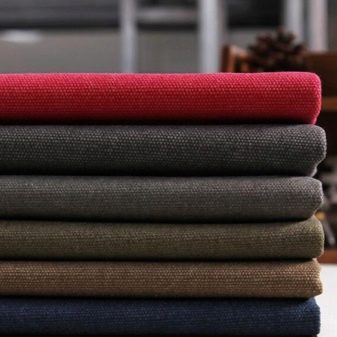
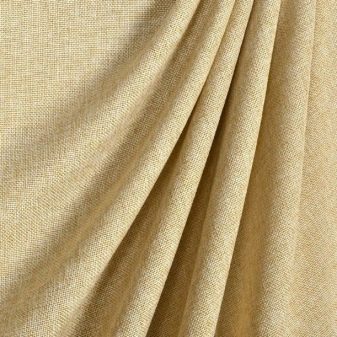
What it is?
There is a widespread belief that canvas fabric is burlap, something rough and not skillful, suitable only for auxiliary use. Indeed, this matter is distinguished by a coarse, perpendicular weaving of fibers. This feature cannot be confused with anything, and it immediately allows you to determine exactly what a similar fabric looks like. It contains linen in the classic version, so we can say that it is the traditional version of the fabric. Such matter is perfectly safe. There are also synthetic options for canvas. They, like canvas, only reproduce the external texture of the material, but in the full sense they are not.
An imitation of a canvas fabric can also be obtained on the basis of cotton, jute. Coarse calico and calico also belong to canvas. However, the most traditional version is the one that does not undergo bleaching. In the description, it should be emphasized that the original color of the canvas is silver, yellowish or brown, and it is determined by the initially used raw material. Depending on personal needs, the fabric can be either bleached or left in its original color.
Sell periodically and brightly colored canvas fabric. It can even have decorative prints on it.


History
Canvas has been used since the ancient Egyptian era. They tried to sew clothes for heavy work and home textiles from it. The strong breathable material immediately attracted attention with its ability to survive a lot of washes and cleanings. Even with the unfavorable influence of the external environment, such a fabric lasts a long time. But later, among the areas of application of canvas, other areas were also called - for example, the manufacture of sails.
The thickness of the fabric itself could vary. Therefore, they began to gradually apply it in more elegant objects. In the 16th century, painters began to use a modified version of canvas - and they still use it today. However, the difference between them is manifested in the coarseness of the weaving of the threads. In Russia and other countries, for centuries, a canvas lining has been used to maintain air exchange and a normal microclimate.
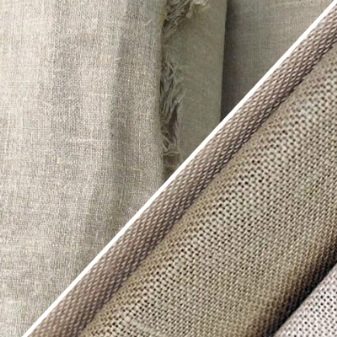

This circumstance was very attractive for those who were constantly engaged in hard physical labor in the fresh air. That is, for the peasantry, which even in the 17th-18th centuries accounted for up to 90% of the population everywhere. However, this all changed with the emergence of the large textile industry, which created affordable beautiful fabrics. For a long time, canvas has become an attribute of extreme poverty, bad taste, or radical asceticism. Nowadays, the situation has changed somewhat, and this fabric is already perceived as a reasonable environmentally friendly alternative to synthetics.
Plain weave can be found among a wide variety of fabrics. In the past, the linen variety of canvas was most appreciated. It was used to make clothes for the high priesthood and the upper aristocracy. They learned how to make such matter, albeit in small quantities, even before our era.
In Russia, canvas could be weaved not only from flax, but also from hemp - and the result turned out to be no worse.
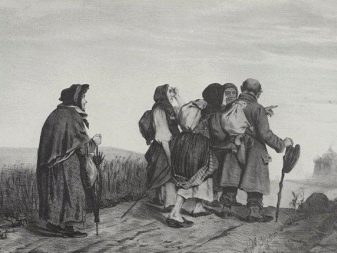
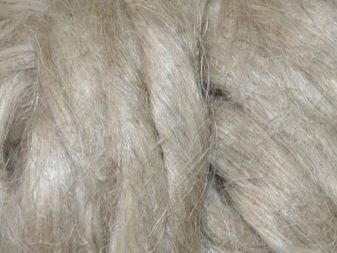
Basic material properties
The durability of the canvas fabric is beyond doubt. She confidently competes even with the best modern counterparts. This property ensures the wear resistance and durability of textiles. Fading over time, if at all, is extremely slow. You can confidently wash such fabric over and over again without fear of damage. Canvas is hygroscopic. Its fibers actively absorb moisture from the outside. Therefore, even those who sweat profusely feel comfortable.
Overheating during heavy physical exertion is completely excluded. This moment made such matter even more attractive to those who worked in the field in the Middle Ages. Strong fibers of flax and jute have another important property. They are not susceptible to collapse. And the wrinkle-free fabric remains attractive in any era, because it is quite practical. In the presence of linen fibers, the appearance of mold and decay of matter is excluded. This fabric is suitable for both small children and people with particularly sensitive skin.
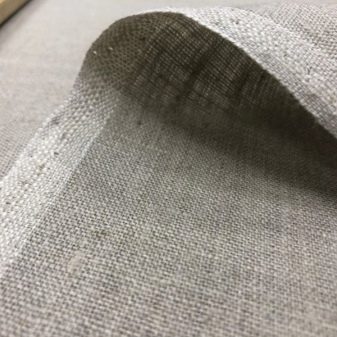
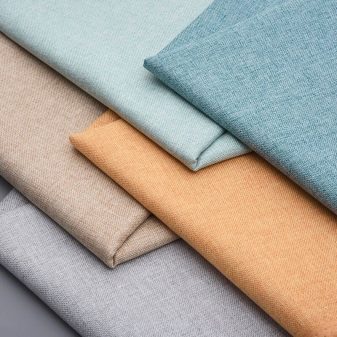
Contamination for canvas is almost not terrible. It will not roll and form lumps. The inability of canvas to electrify in the twentieth and twenty-first centuries proved to be an unexpected advantage that could not, of course, have been foreseen by the ancient creators. Such fabric is inexpensive, which only increases its attractiveness. The disadvantages of the matter are the rigidity and lack of aesthetics of the natural color.
It is worth noting that the specific properties of canvas fabric can be considered both positive and negative points, depending on the situation, on the scope. For example, for work uniforms or for physical education, moisture absorption is very good. For a packaging product, this will already be a clear disadvantage.
Synthetic canvas counterparts are just as strong as the old natural sample, however, this strength is lost at elevated temperatures, and the fabric may even begin to melt.

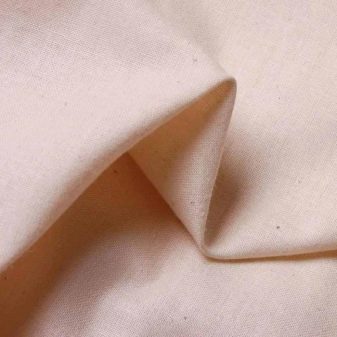
Areas of use
In the 21st century, it is still possible to meet a canvas bag. And also on its basis they can do:
- curtains and curtains;
- towels;
- tablecloths;
- textile footwear;
- bags;
- exhibition items and various compositions;
- handicraft products.
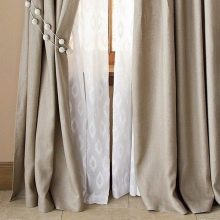

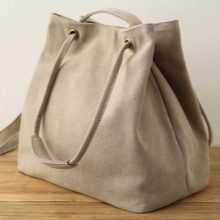
In the recent past, canvas was used primarily for sacks. Its decorative value was increased thanks to the design in ethnic styles. On the basis of such matter, fashion designers are already creating entire creative collections. It finds application in overalls, suits, and even dresses. Canvas accessories cannot be ignored either. Small bags and backpacks of this kind have become a very popular solution. Often they even make them with their own hands. Canvas curtains can also be made in the handmade style. Such an accessory will perfectly complement a room decorated in an ecological style.
Until the 19th century, however, linen was used much more than it is now. Simple analogs of containers for cargo transportation were made from it. Headdresses were created on the basis of such fabric. In the early feudal period, the duties of the peasants could be calculated on canvas. Today, canvas is used as a wiping material, used in accessories for washing and cleaning. Table textiles are sewn from canvas fabric. It is also used for embroidered decorative clothing. The artistic version of the canvas is distinguished by a particularly dense weave of fibers. Therefore, it is well suited for the application of oil paint. Canvas can also be used as packaging material.
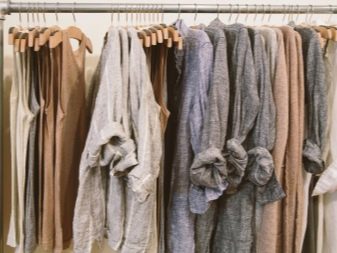
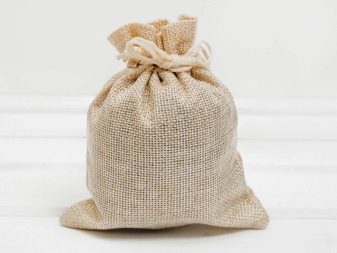
It is often packed into:
- bulk cargo;
- banknotes (in cash collection practice);
- parcels sent by mail and courier services;
- table salt;
- various cereals;
- flour;
- other groceries;
- dishes;
- souvenirs.
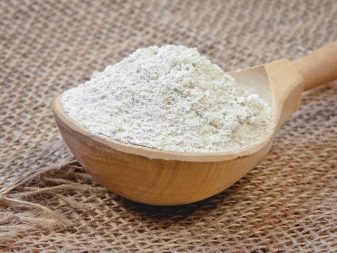
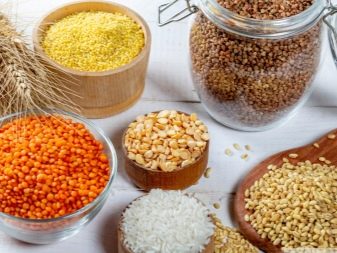
If we talk not about the main, but about the auxiliary meaning of the canvas, then it is worth mentioning the lining for outerwear. She can also be canvas - and in jackets, and trousers, and in suits. In the past, such a canvas was released for the production of military uniforms, but gradually they switched to more practical options. Today, at least 40-50% of all bed linen belongs to this category. Wiping material and cleaning rags are purchased in large quantities:
- the mining industry;
- chemical industry;
- metallurgical and metalworking enterprises.


Care rules
The method of care is determined by the composition of a particular matter. Only with this circumstance in mind can a long service life of products be achieved. Thin linen fabric can withstand intense washing and ironing at high temperatures. However, it is prone to shrinkage. The use of starch helps to avoid loss of shape.
Coarse burlap (the one that, in fact, is released for bags, for similar products) is not subject to washing at all. It is simply dried and shaken off dust. You can also use coarse-bristled brushes. Synthetic and mixed analogs of canvas fabric can be washed at a temperature not exceeding 30 degrees.
Bleach is allowed to be used calmly; the canvas will soften after each wash, and this is normal.










